|
|
|

Ford Capri Mk 1 Styling

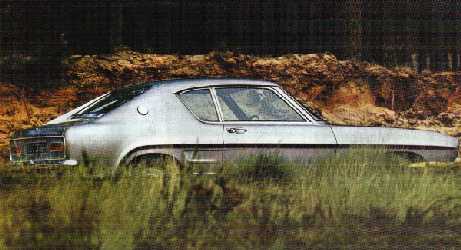
The GBX-prototype (Picture: Ford UK)
The Ford Capri simply had to be something new, something sensational.
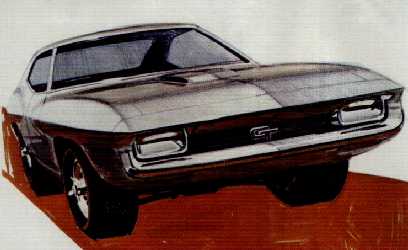

The development of the Ford Capri is from many points of view a remarkable story. First it was a synthesis of experiences from several sources, both Ford Germany and Ford UK. Second, the development pattern was very different from the standard pattern that is used by large manufacturers when they develop a new model. There were no limitations, like: the car has to be no longer than 400 cm, must be capable of 145 km/h and must have four doors. The Ford Capri simply had to be something new, something sensational.
(Picture: Ford Germany)
The time was there, in the mid sixties of the 20th century. Cars did not only have to be basic transportation anymore. There was room for another kind of cars, sporty coupes for example. From 1961 on, the designers worked on sketches and prototypes. In the UK, the Ford Saxon was designed, based on the then current Ford Cortina Mark 1. This was a two-seater Cortina with a Ford Thunderbird style roof. This two-seater concept however was found to be not commercially achievable. Ford Germany designed the "Special", a study, on which the work was also not continued.
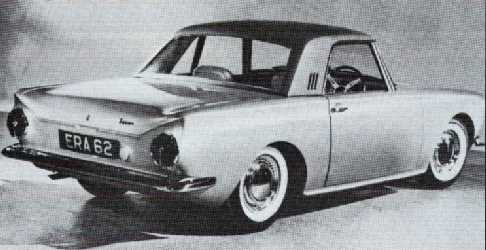
1962 Ford Saxon (Picture: Ford UK)
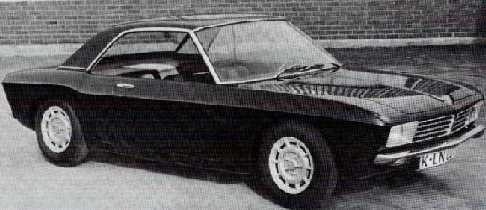
Ford Special (Picture: Ford Germany)
The new sport coupé should be a four-seater and the future Capri was shaped under the GBX project name. Today, people often believe that the Capri had to be a mini Ford Mustang, a kind of Euro-Mustang. Yet, the designers did not have the lines and styling of the first Ford Mustang series (1964-1966) in their minds when they designed the GBX. The idea was mainly to create a coupé model, in addition to the existing model range. This became very clear later, when some models were equipped with extremely weak engines. As an example, the basic 1300 model had a top speed of only 135 km/h. This was definitely not super sportscar performance.
(Picture: Ford UK)
When the Ford management gave green light for the GBX project, the project name was changed to 'Colt'. From then on, the designers and engineers worked to meet the exterior criteria. These were like: sporty looks, enough space for four people, a minimum boot capacity, large variation possibility in engines and accessories and such a construction that the car can be placed in the market, at a competitive price.
Two prototypes were made, a fastback (for which should be chosen eventually) and a hardtop model, named 'Flowline'. In 1966 the basic shape was finished, but a year later, a stylistic change was added. The side rear windows, behind the doors, were redesigned. This was done to improve the visibility to the side and rear.
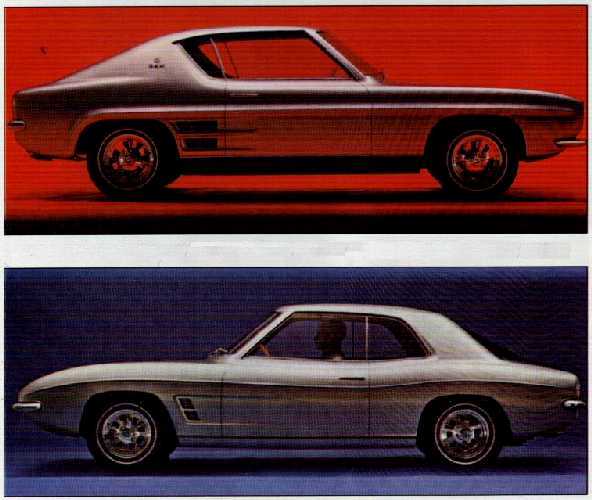
Top: The GBX in development. The GBX-badge is behind the rear quarter windows. Watch the shape of this window.
Bottom: The development of the (not realised) hardtop. This is what the Capri could have looked like.
(Pictures: Ford UK)
The backside was a study of its own. A too big sloping rear window would give troubles. Not only is glass heavier than sheet metal, which would have resulted in more weight, it also collects a lot of dirt, and in the wintertime, snow. In addition to that, in the summertime, much heat is transferred to the interior. The rear window was therefore made smaller than it was originally intended. The positioning was relatively steep. Details had to be both functional and aesthetic. For only the front bumper, nine different designs were drawn. It so happened that it took the designers and engineers almost eight years to develop the Ford Capri. But the efforts were rewarded, with a total of three successive series, the Ford Capri would be in production from 1969 untill 1986.

I'd like to know what you think of my web site:
Send e-mail to: classiccar-webmaster
© M. Verberg - 2000 - 2005
(Picture: Ford Germany)